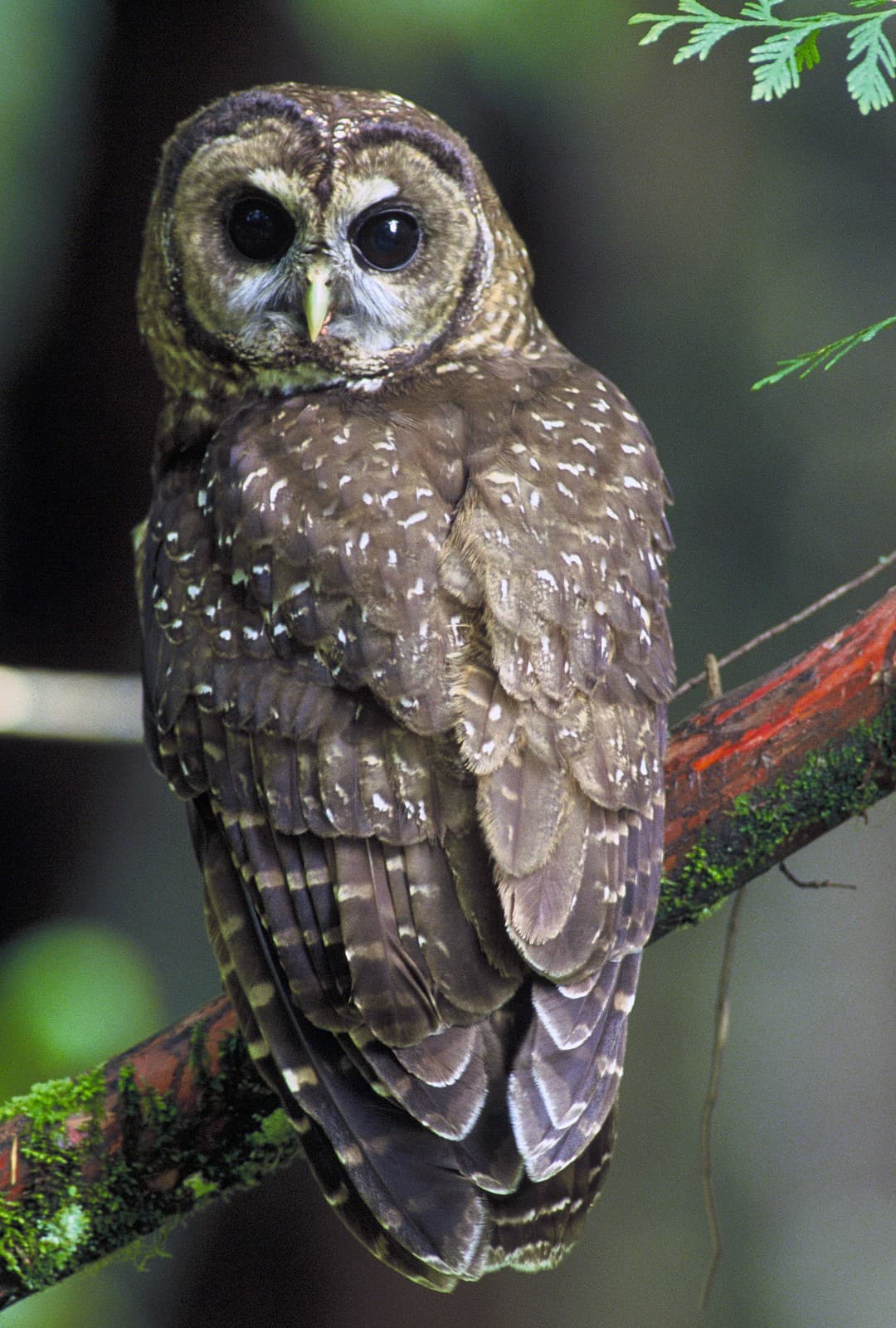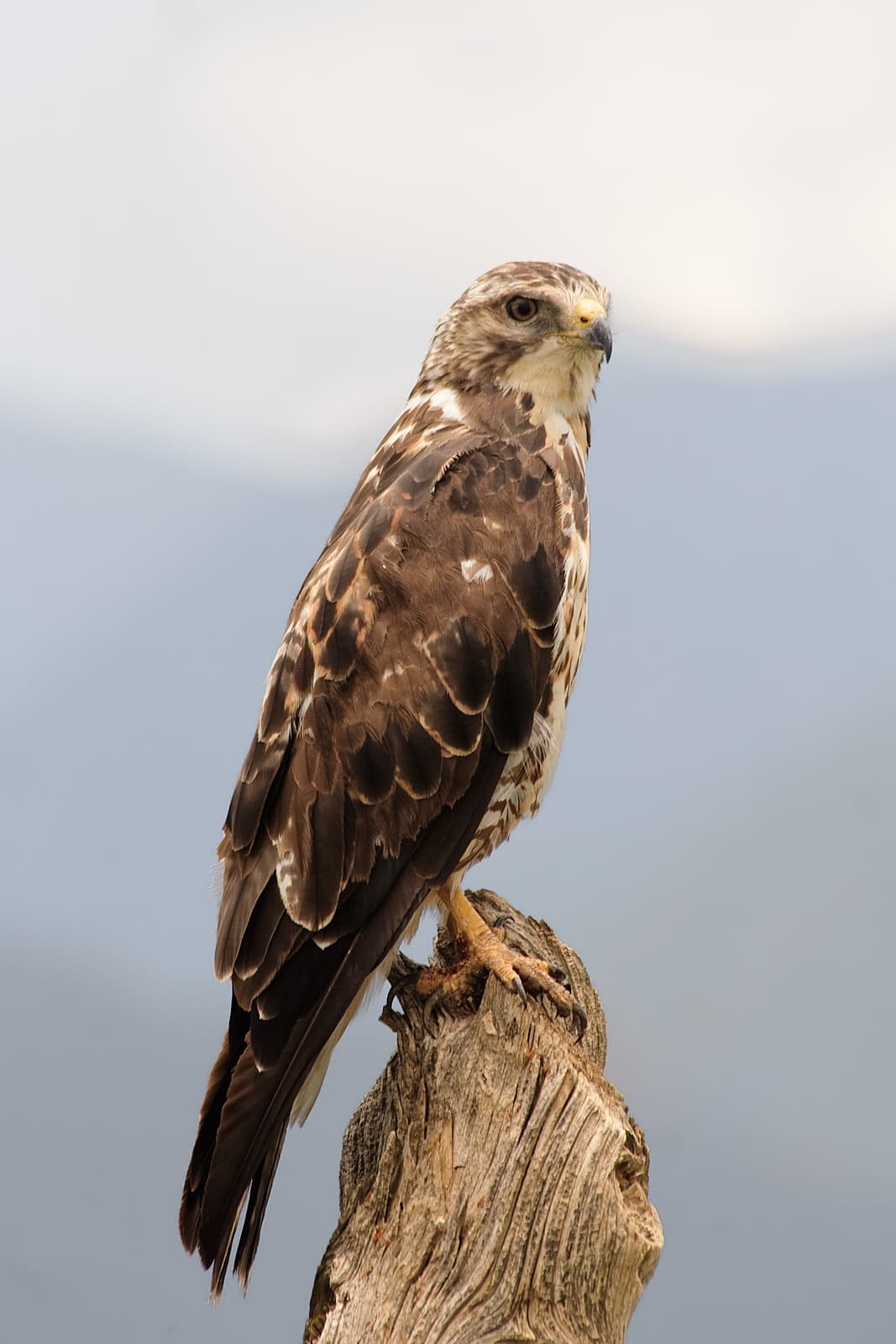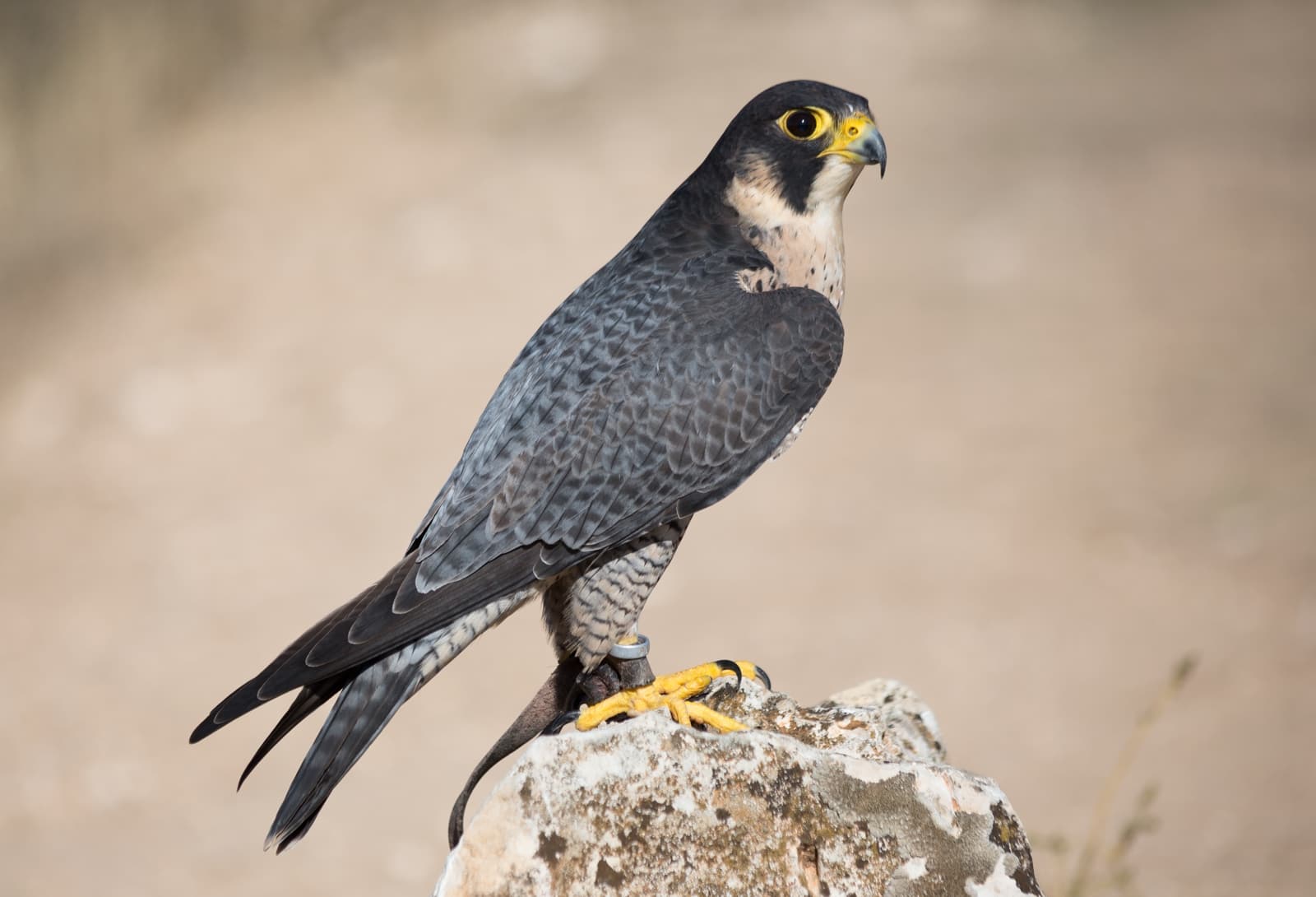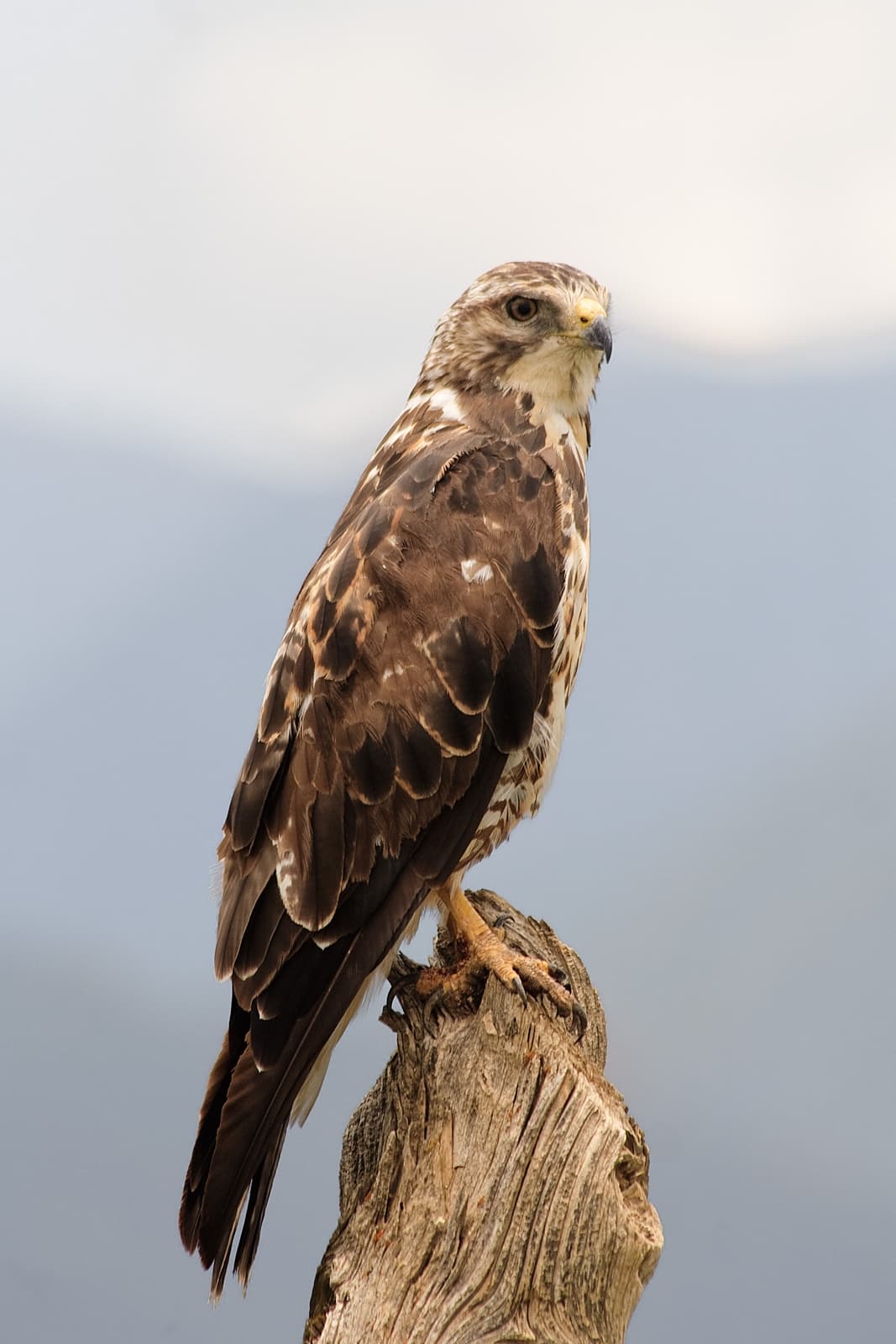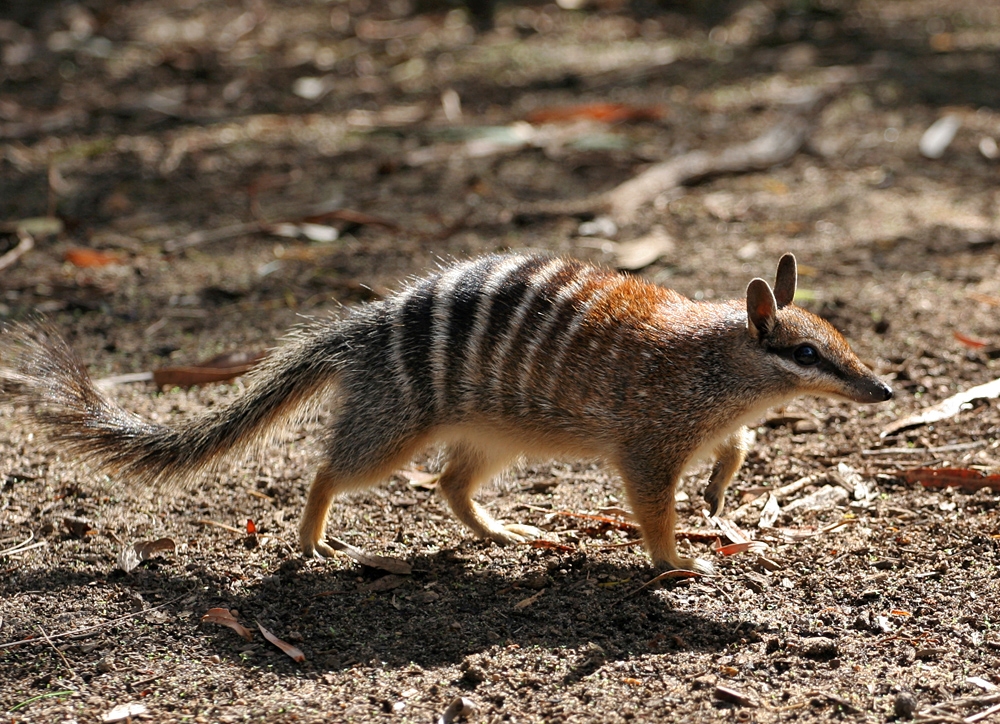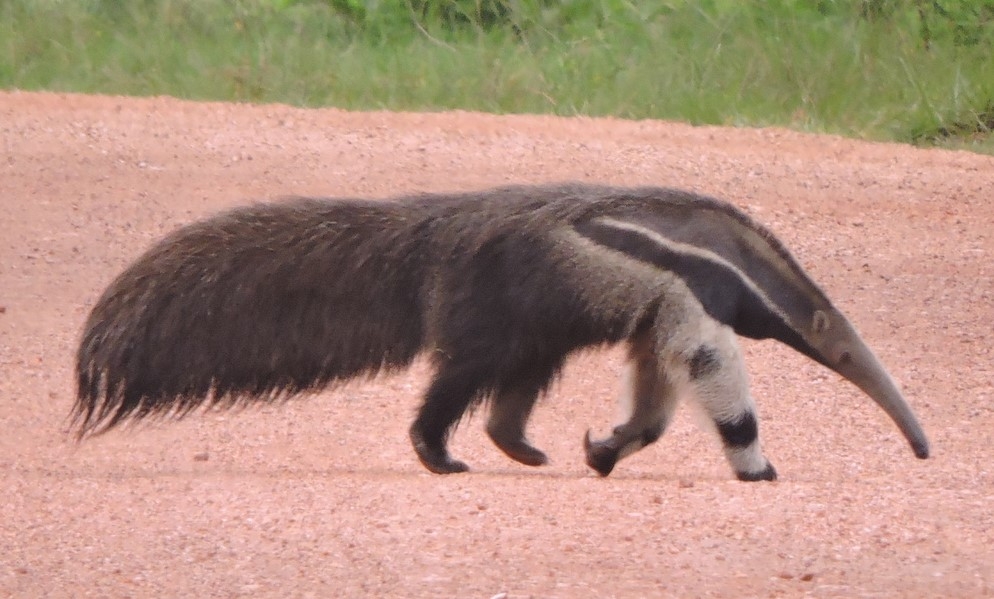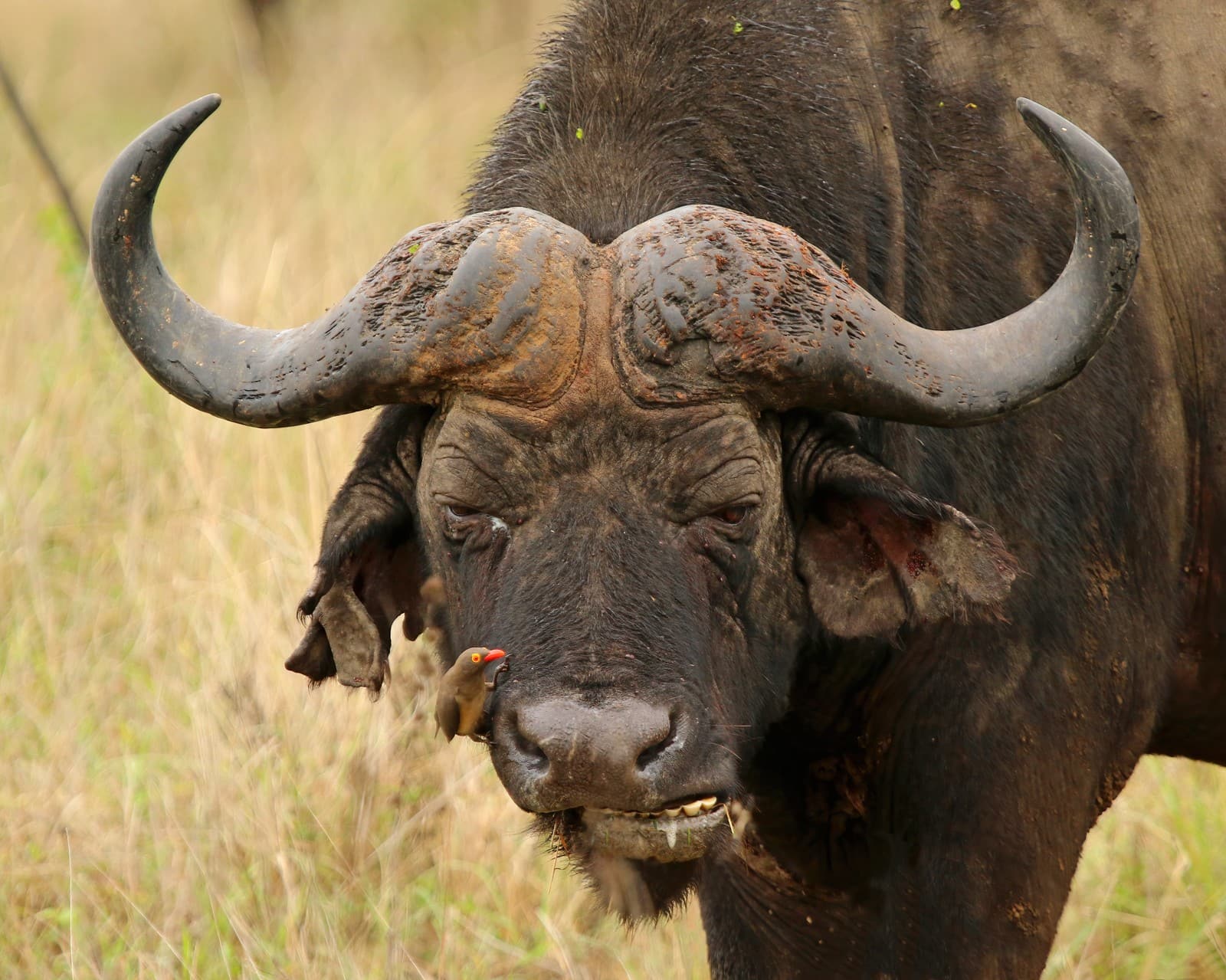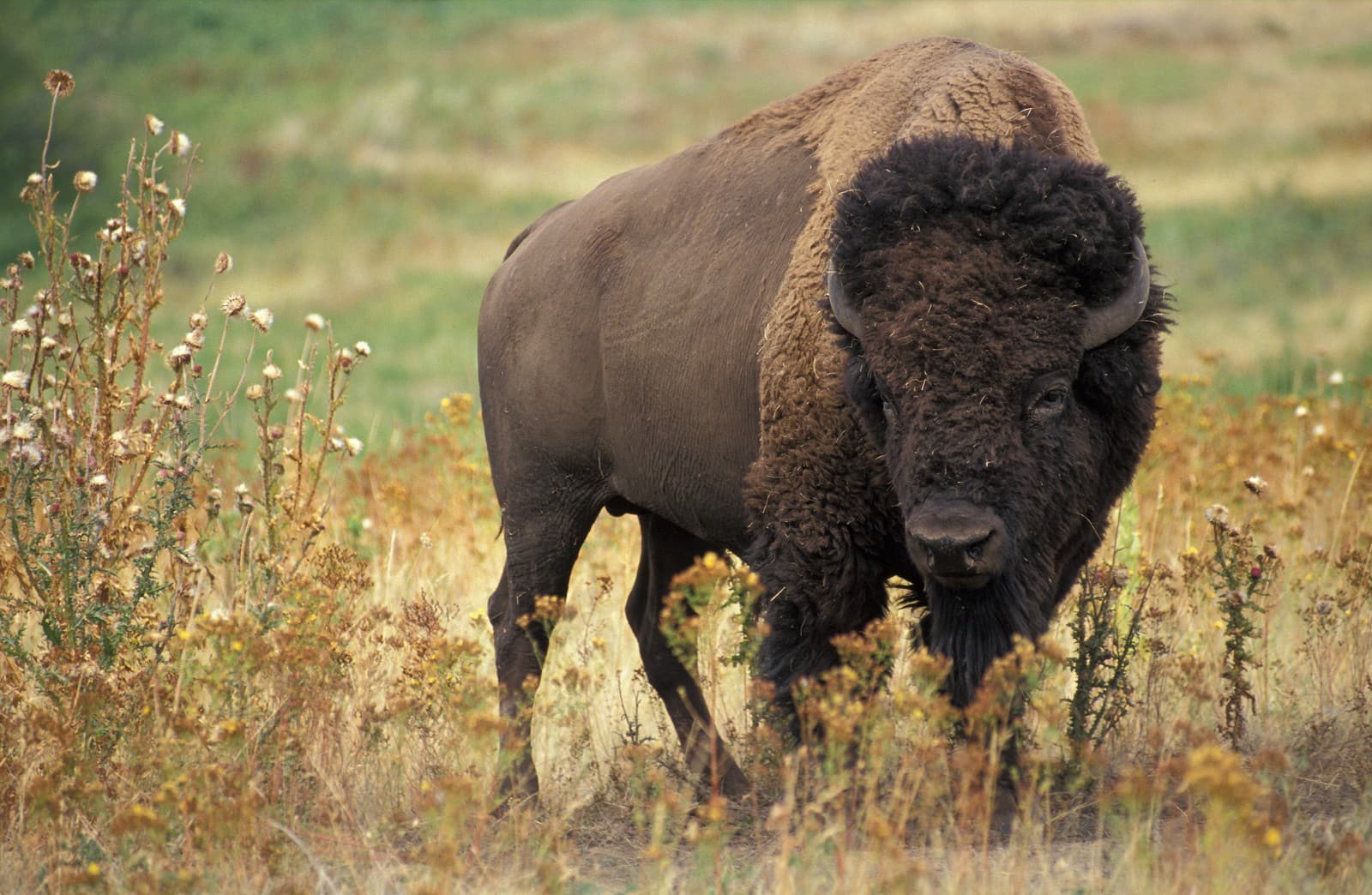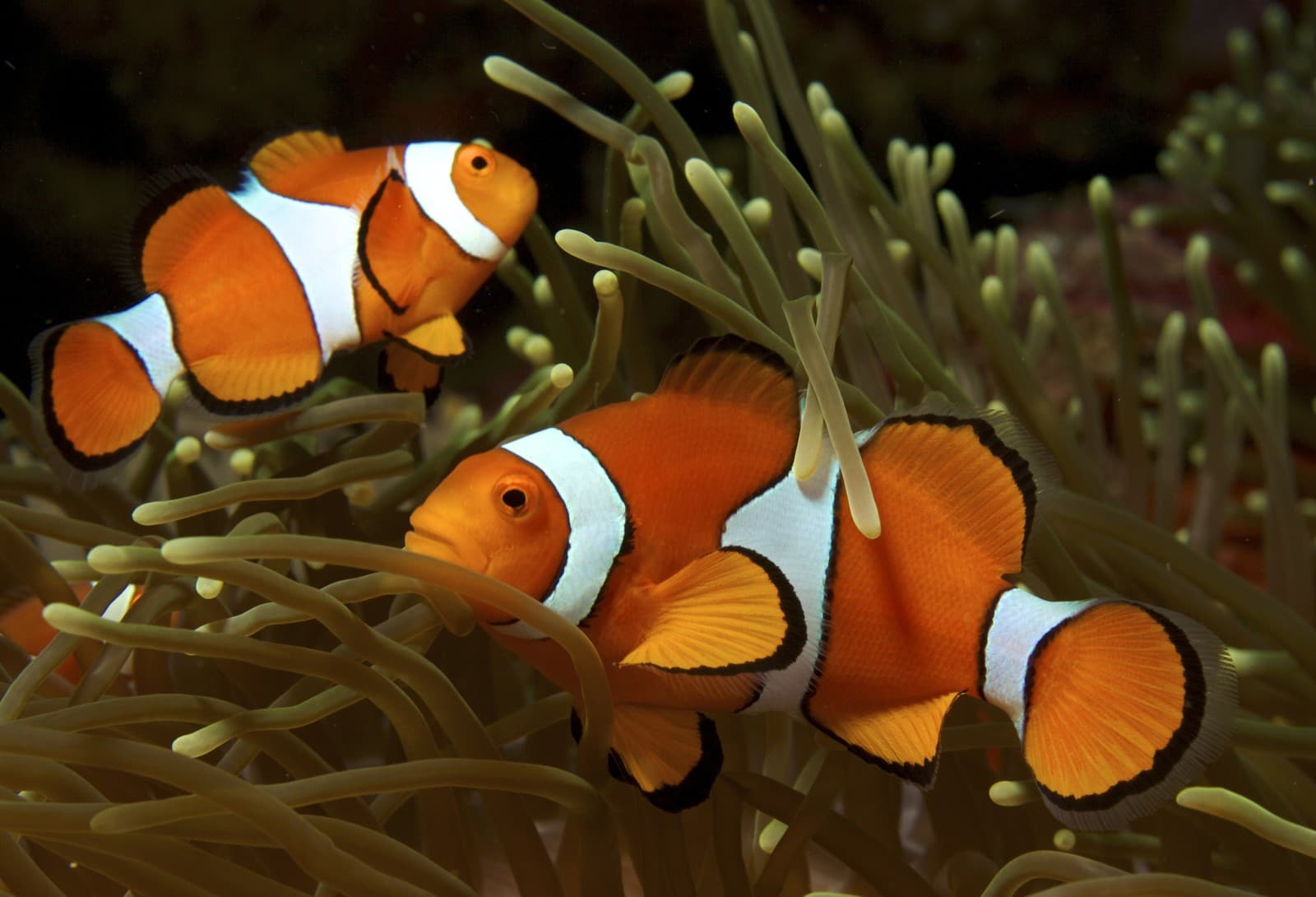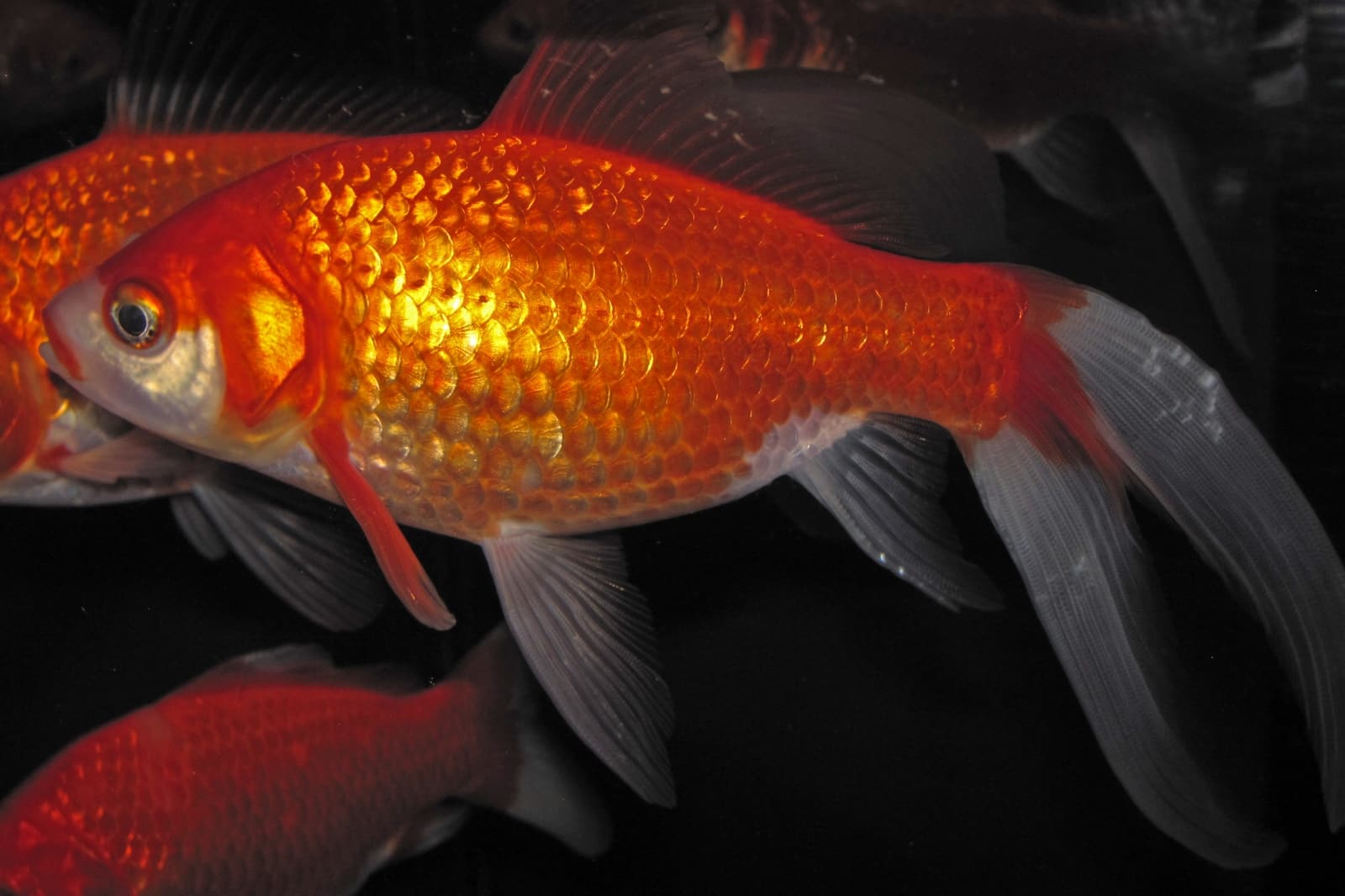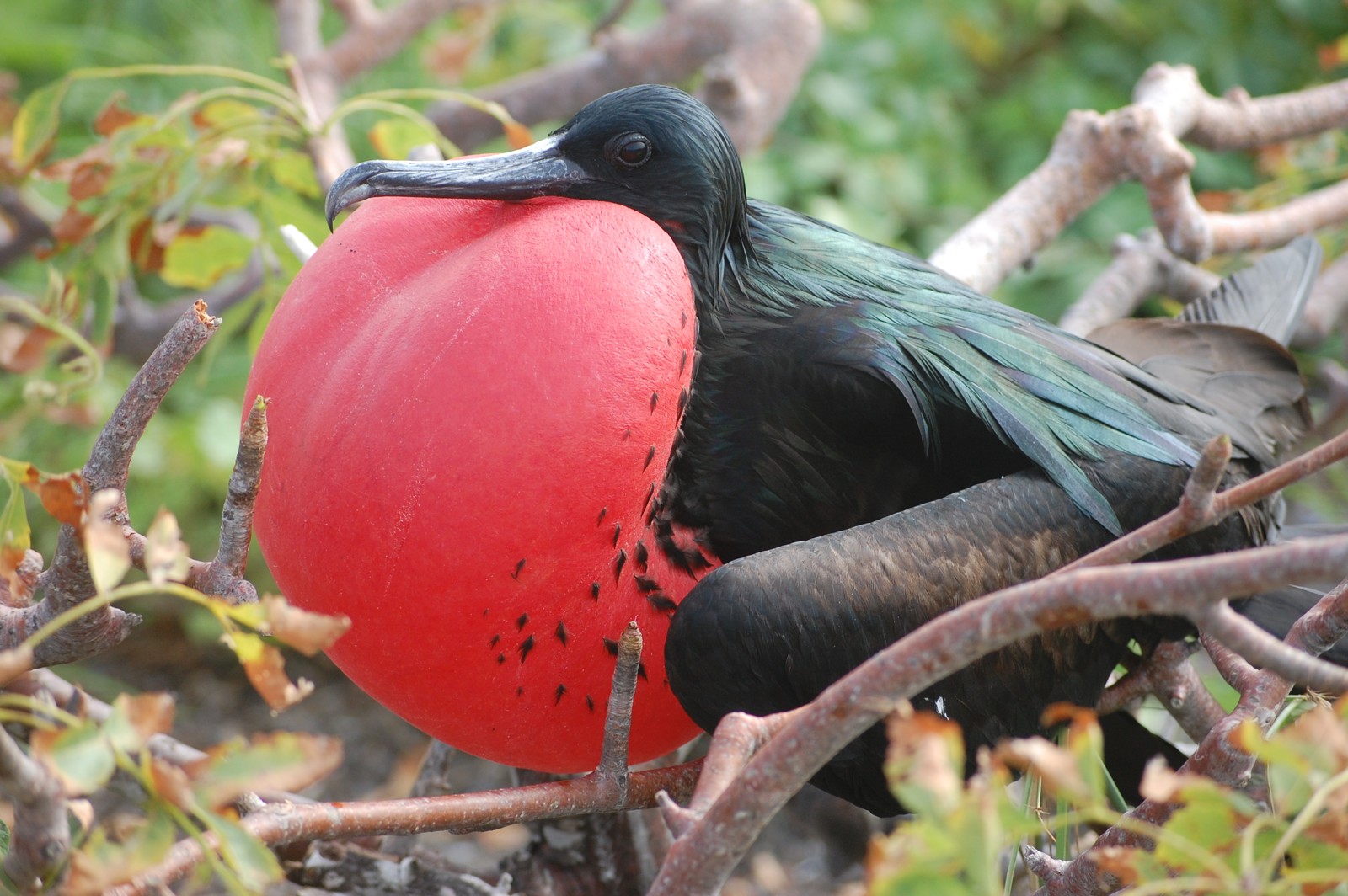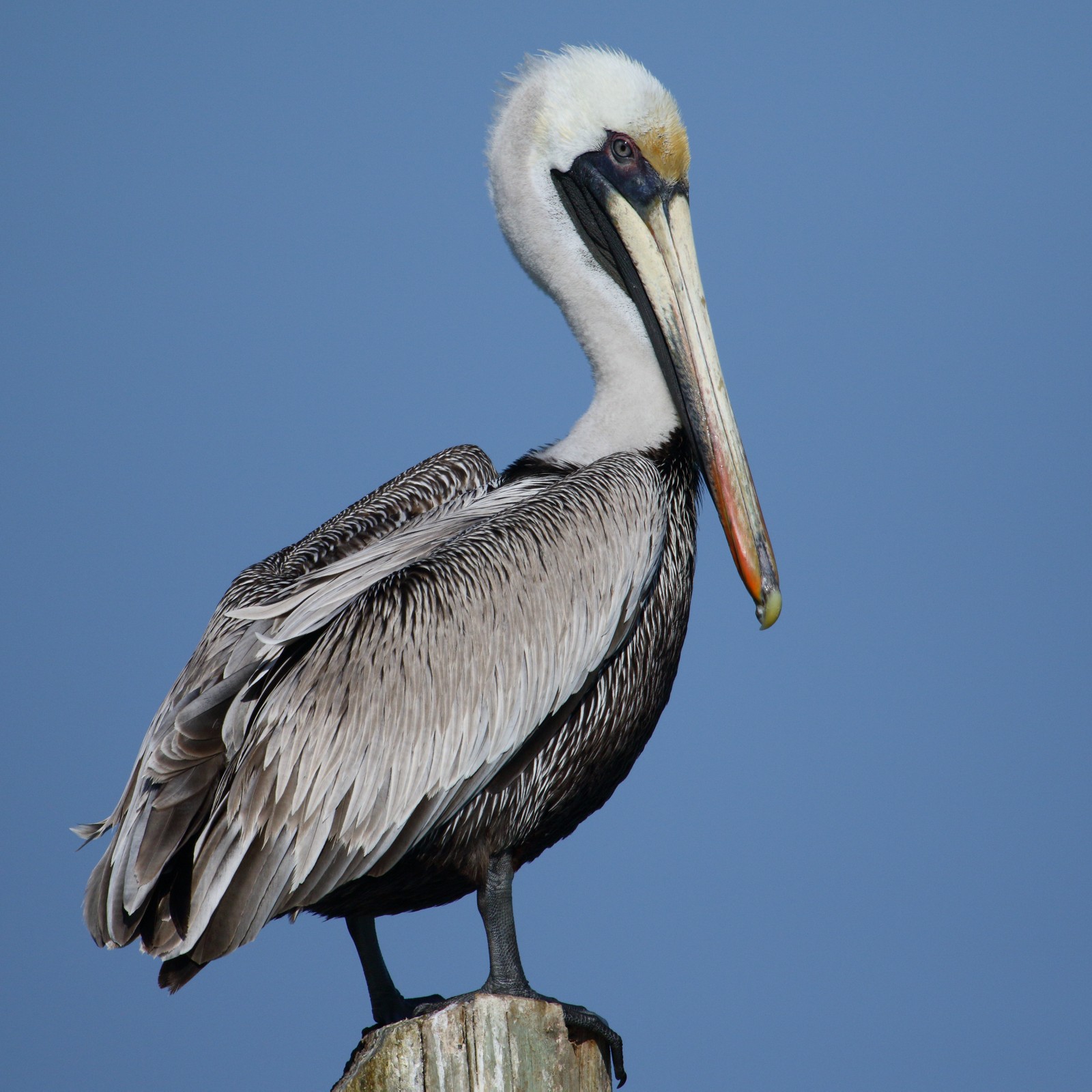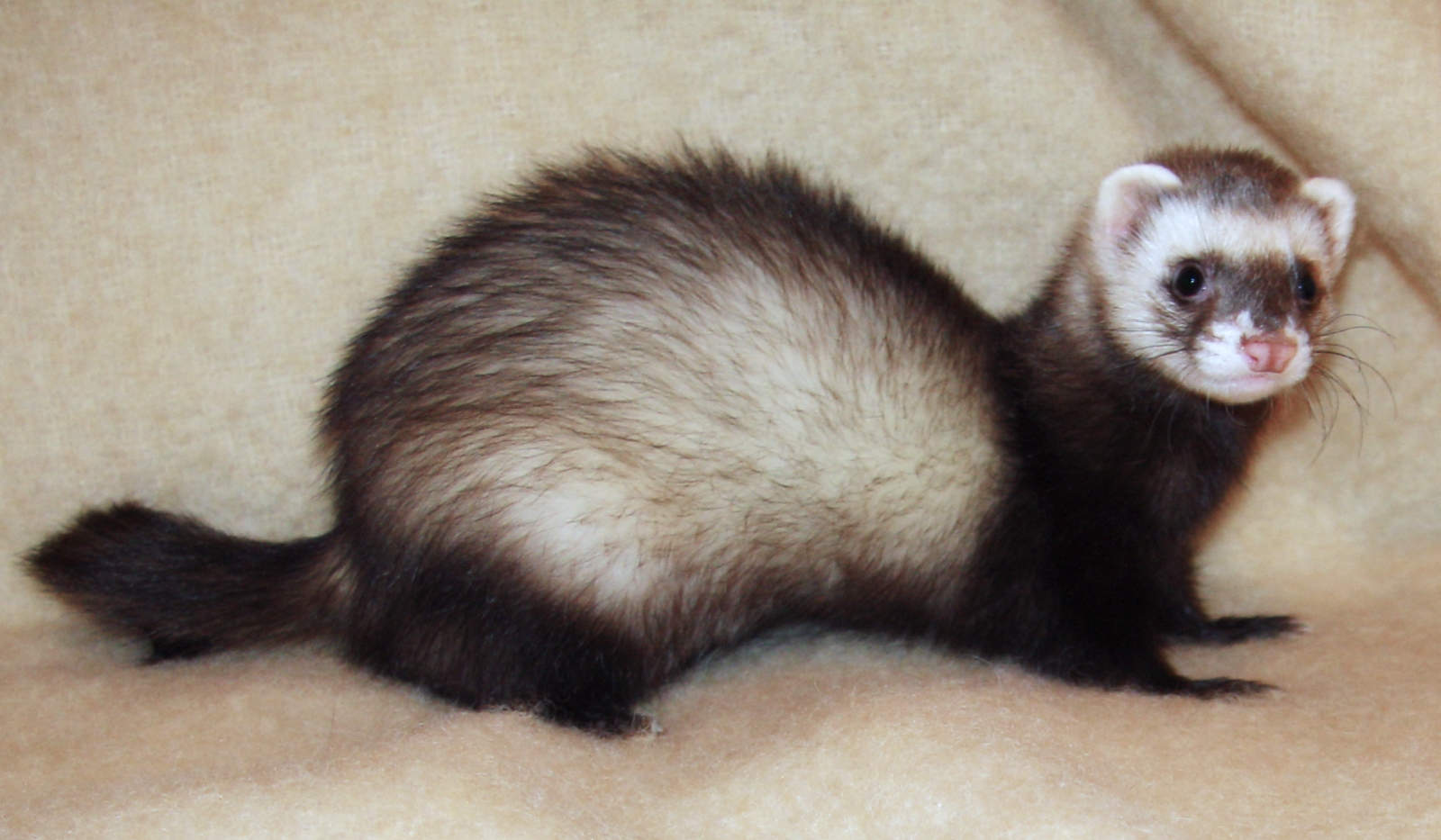Owl vs Falcon: A Complete Comparison
When comparing owls and falcons, we’re examining two of nature’s most sophisticated aerial predators, each representing the pinnacle of evolutionary adaptation in their respective hunting niches. While both are raptors, their hunting strategies and physical characteristics reveal fascinating contrasts. Falcons are built for speed, reaching diving speeds of up to 240 mph (386 km/h), while owls are masters of stealth, with specialized feathers that allow nearly silent flight.
These remarkable birds showcase nature’s diverse approaches to predation. Falcons excel in daylight hunting with their incredible speed and precision, while owls dominate the night with superior hearing and night vision. Their distinct adaptations highlight how different evolutionary paths can lead to equally successful hunting strategies.
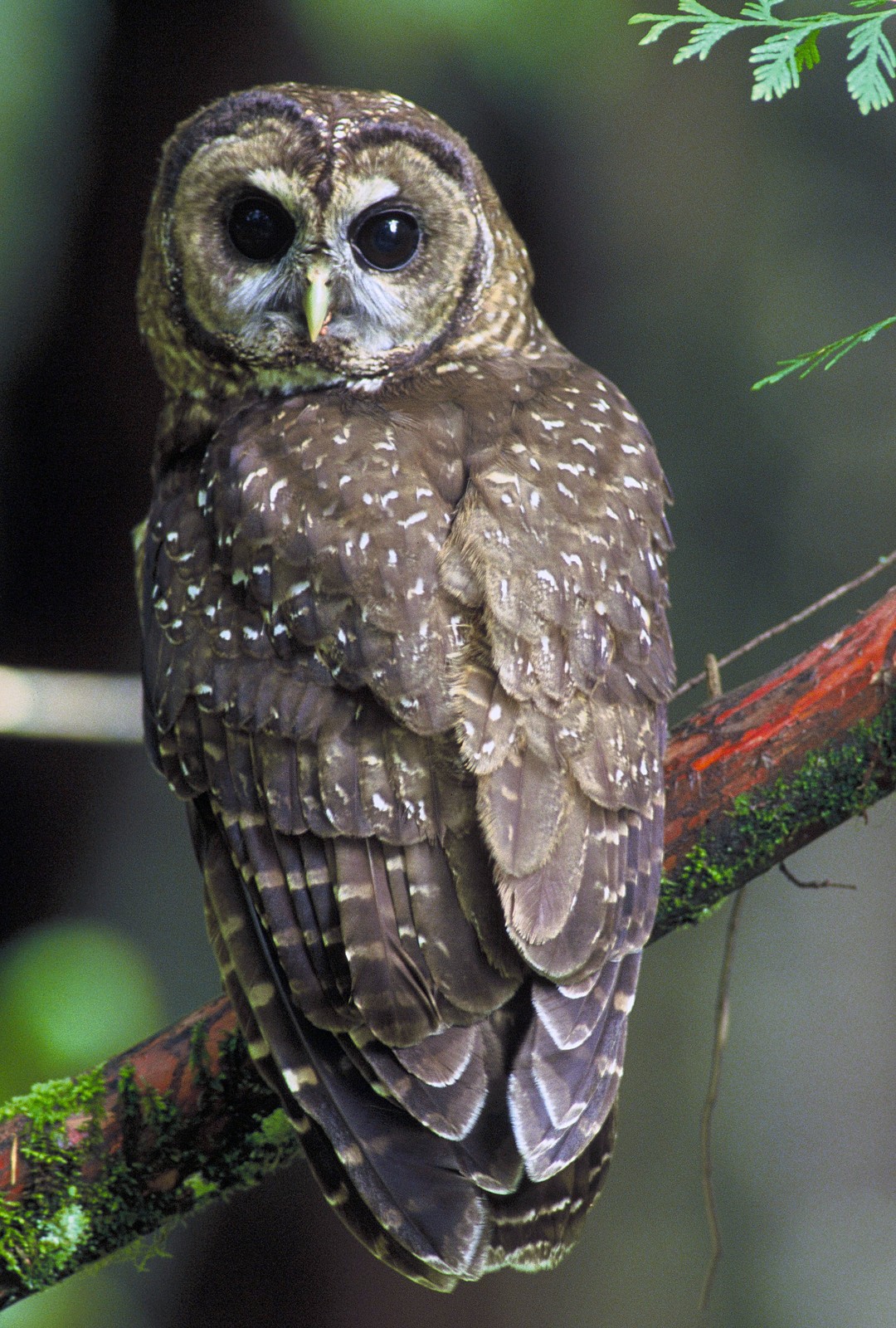
The Northern Spotted Owl exemplifies the specialized adaptations that make owls unique among raptors. Note the distinctive facial disk that channels sound to its ears, and the soft, mottled plumage that enables silent flight - features absent in falcons.
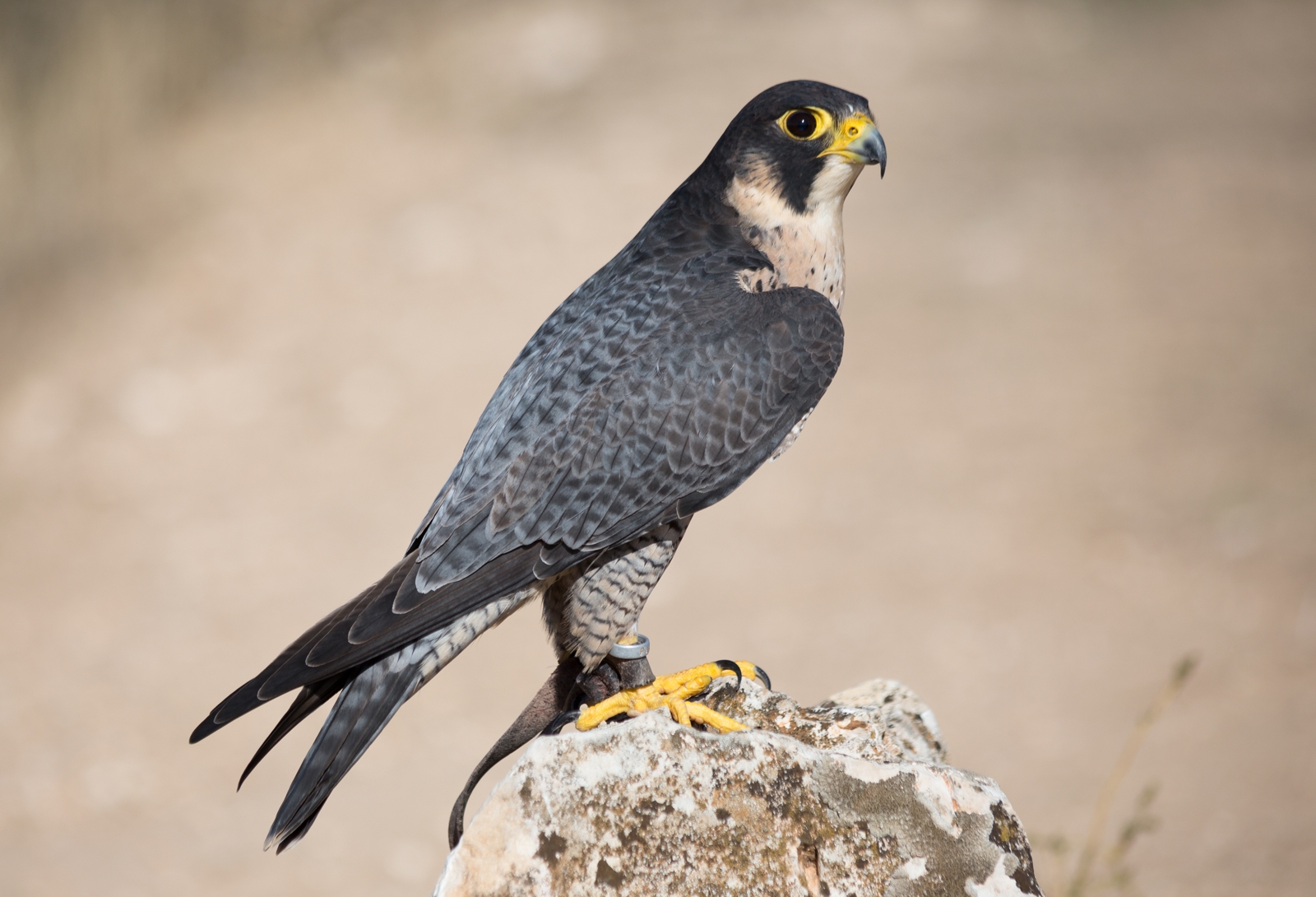
The Peregrine Falcon showcases the streamlined form that makes falcons the fastest animals on Earth. Its pointed wings and aerodynamic body shape are perfectly adapted for high-speed aerial pursuit - a stark contrast to the broader, rounded wings of owls.
Key Differences Between Owls and Falcons
| Feature | Owl | Falcon |
|---|---|---|
| Flight Speed | 20-40 mph (32-64 km/h) | Up to 240 mph (386 km/h) diving |
| Wing Shape | Broad and rounded | Narrow and pointed |
| Active Period | Mostly nocturnal | Diurnal |
| Hunting Style | Silent ambush | High-speed pursuit |
| Eye Position | Forward-facing, fixed | Side-mounted, mobile |
| Special Adaptation | Silent flight feathers | Tomial tooth for killing |
Hunting Techniques and Prey Preferences
Owls and falcons employ radically different hunting strategies. Owls rely on their exceptional hearing, with asymmetrically positioned ear openings allowing precise sound triangulation. They can detect prey under snow or vegetation with remarkable accuracy. Their specialized feathers, featuring soft edges and velvet-like surfaces, enable nearly silent approach flights.
Falcons, conversely, are built for speed and precision. The peregrine falcon’s signature hunting technique involves spotting prey from great heights and performing spectacular stooping dives. Their streamlined form and specialized respiratory systems allow them to maintain control at speeds that would incapacitate most other birds.
Physical Adaptations and Capabilities
Vision Adaptations
Owls possess extraordinarily large eyes relative to their skull size, with specialized rod cells for superior night vision. Their eyes are fixed in their sockets, compensated by the ability to rotate their heads up to 270 degrees. Falcons, while having excellent daylight vision with up to 8 times better visual acuity than humans, have more conventionally positioned eyes optimized for tracking fast-moving prey in bright conditions.
Flight Characteristics
The flight apparatus of these birds reveals their distinct hunting strategies:
- Owl wings: Broad, soft-edged feathers for silent, slow flight
- Falcon wings: Stiff, narrow feathers for high-speed pursuit
- Owl tail: Short and broad for maneuverability in forests
- Falcon tail: Long and narrow for aerial agility
Habitat and Distribution
While both species groups have achieved global distribution, their preferred habitats differ significantly. Owls generally favor forests and woodland edges, where their camouflage and silent flight are most effective. Falcons typically inhabit open areas, from coastal cliffs to urban environments, where their high-speed hunting style can be fully utilized.
Conservation Status and Human Interaction
Both owls and falcons face various conservation challenges, though their situations differ:
- Habitat loss affects forest-dependent owls more severely
- Falcons have shown better adaptation to urban environments
- Both groups are impacted by pesticides and rodenticides
- Several falcon species have recovered from DDT-related declines
- Many owl species remain threatened due to old-growth forest loss
Who Would Win in a Direct Confrontation?
While such encounters rarely occur naturally due to different activity periods, a theoretical analysis of their capabilities suggests that the outcome would depend heavily on the environment and timing. In daylight and open spaces, a falcon’s superior speed and agility would likely prevail. However, in dense forest or low-light conditions, an owl’s silent flight and superior hearing would give it the advantage. It’s nature’s perfect example of how different adaptive strategies can be equally effective in their respective niches.
